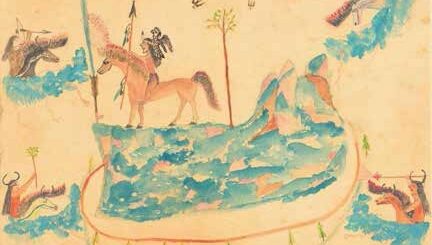Experiment, entanglement

If you can think of a camera as an experimental apparatus, like a telescope or a microscope, and, say, a family gathering as the phenomenon under investigation, it seems to help a little with the term “entanglement” as it’s used in physics. More to the point, perhaps, it helps to see why the people who established the basic terminology of quantum physics, mainly in the 1930s, did most of their experimental work in words — that is, in thought experiments. They were not in the laboratory, they were writing letters to one another! In our thought experiment with the assembled family, in any case, the measuring apparatus — which comprises camera plus photographer — becomes entangled with the phenomenon under examination. There is no way to reliably separate the two. If there’s a question about who took the photograph, so much the better, so much more difficult for participants to suppose that there’s a clear separation between measurer and measured.
The photograph leaves a great many things out, not only sound and taste and texture and smell and temperature, but the tension, antagonism, confusions and desires of years or generations. It takes effort to make the experiment come out “right,” invariably meaning to “discover” that the family is happy.


